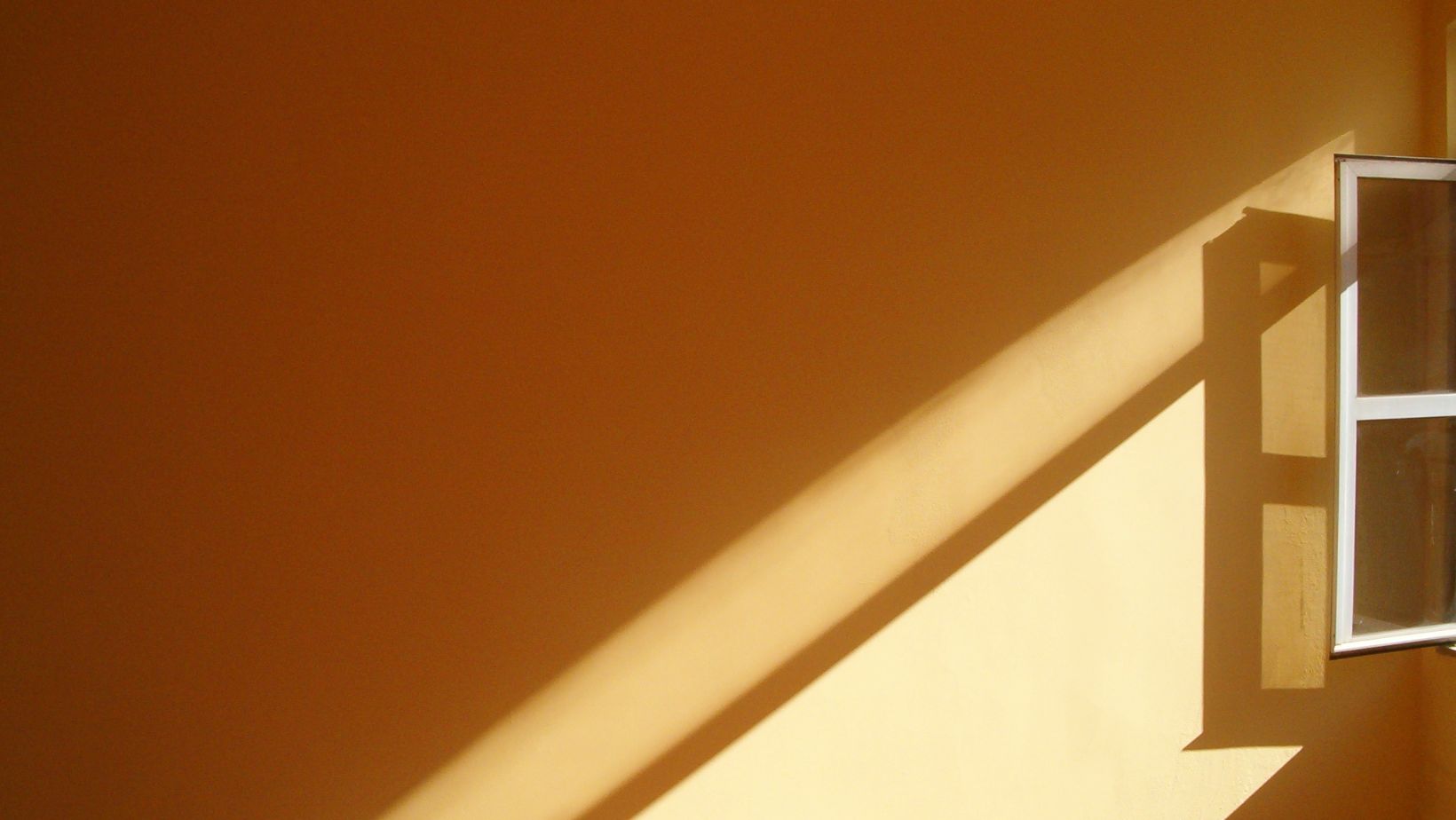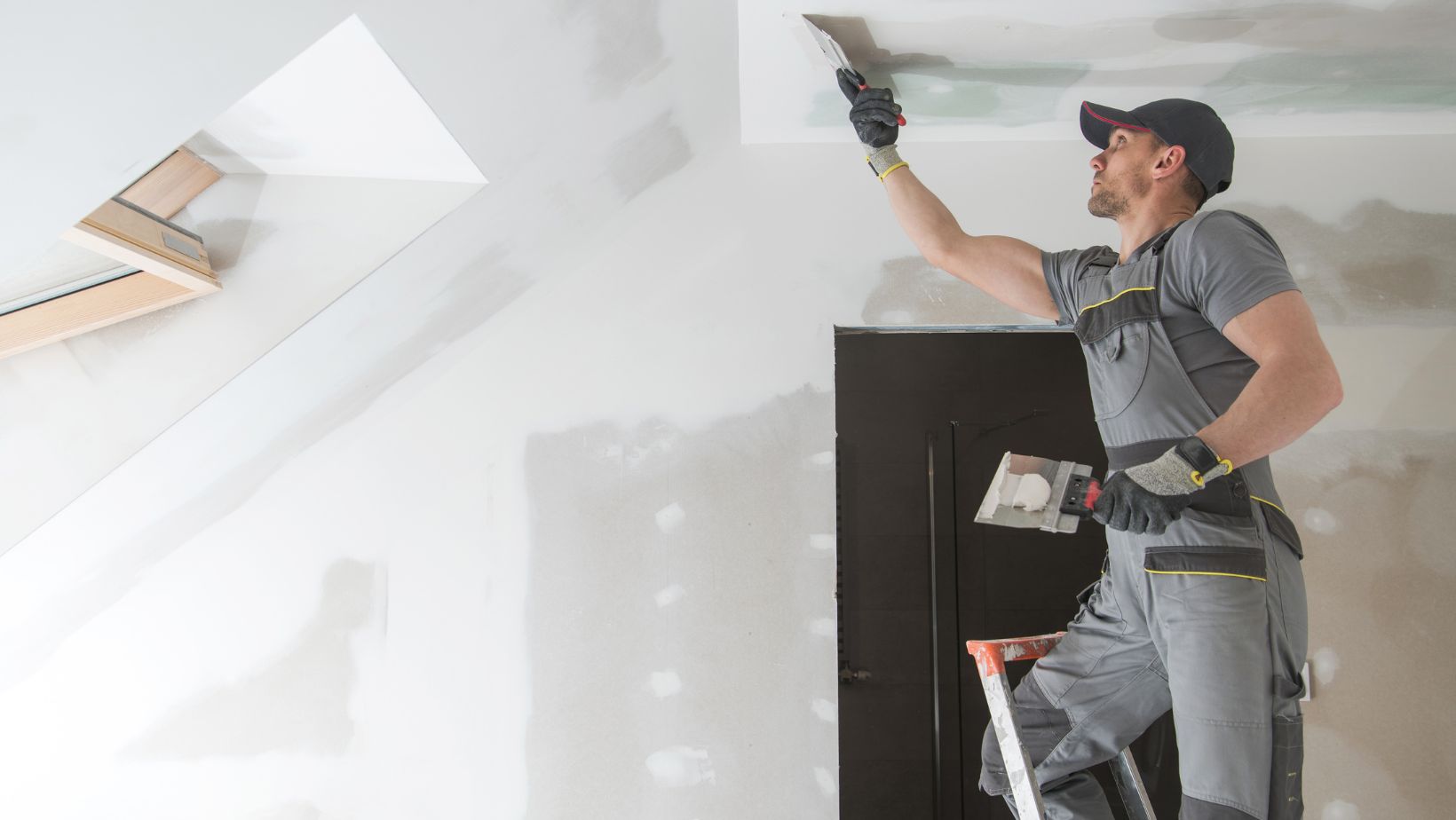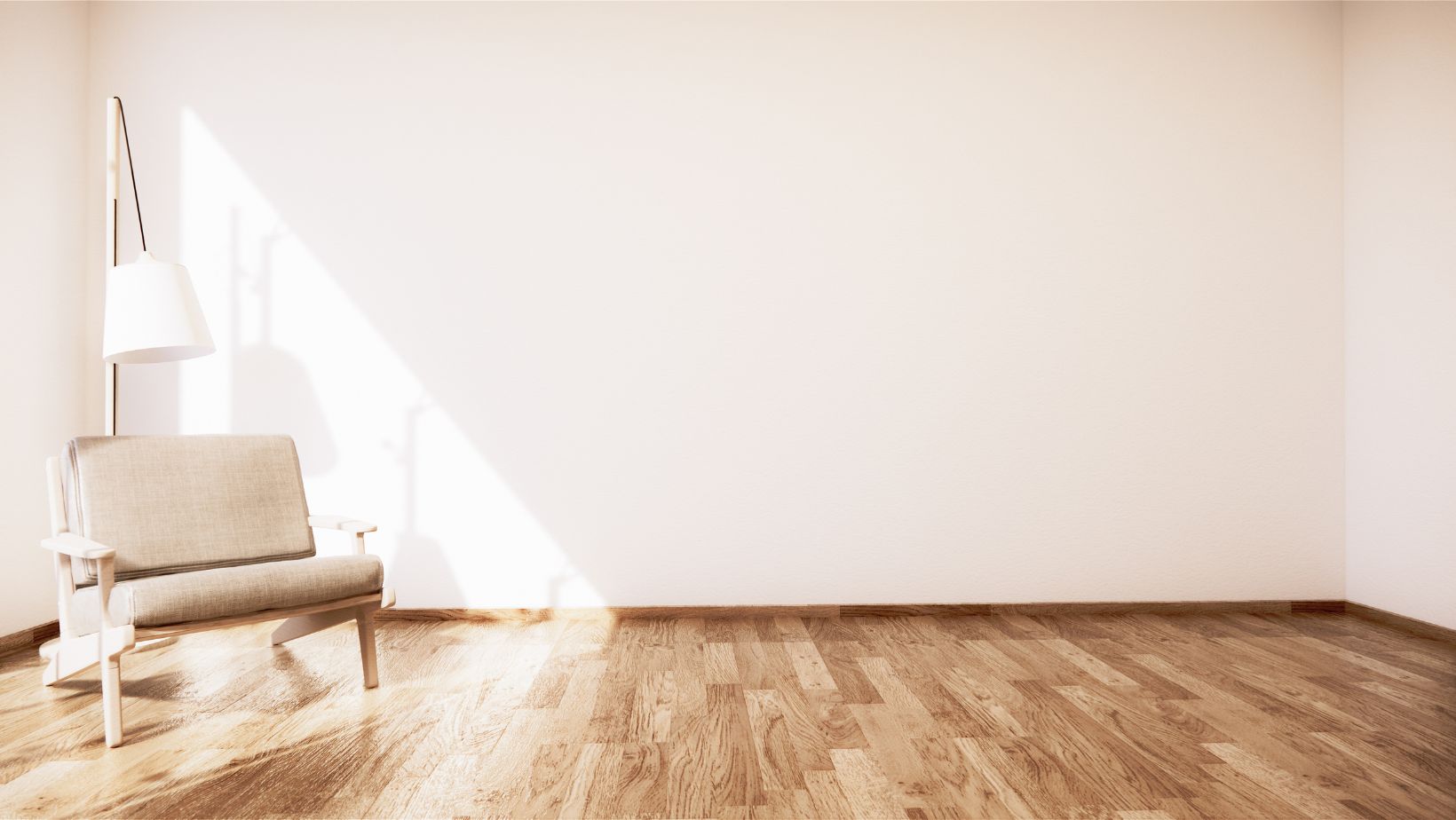When it comes to understanding the structure of a building, How Thick Are Interior Walls plays a crucial role. Many factors contribute to determining the thickness of these walls, from the type of construction to the materials used. In this article, we delve into the depths of interior wall thickness, shedding light on the standards and variations that exist in the realm of architecture.
Whether you’re a homeowner planning a renovation or a curious mind seeking knowledge, grasping the significance of interior wall thickness is essential. From sound insulation to structural integrity, the thickness of interior walls impacts various aspects of a building’s functionality. Join us as we explore the nuances of interior wall thickness and unravel the mysteries behind this fundamental element of architectural design.
Table of Contents
ToggleHow Thick Are Interior Walls
When it comes to interior walls, their thickness can vary based on several factors. Typically, interior walls in residential buildings can range from 3.5 inches to 6 inches. However, in some cases, such as with load-bearing walls or walls designed for soundproofing, the thickness can exceed these standard measurements.The thickness of interior walls is influenced by the construction type and materials used. For example, solid walls are generally thicker compared to hollow walls due to the additional structural support they provide. Additionally, the materials used, like concrete, brick, or drywall, play a crucial role in determining the thickness needed for an interior wall.Moreover, insulation requirements also impact the thickness of interior walls.
Understanding Interior Wall Thickness
How Thick Are Interior Walls, it’s essential to grasp the factors that influence their dimensions. Wall thickness varies based on the building’s needs and structural requirements. Here are some key points to understand:
- Construction Type:
- Wood-frame structures typically have walls ranging from 3.5 to 5.5 inches.
- Concrete or masonry buildings lean towards thicker walls for added strength.
- Material Considerations:
- Drywall is a common choice, occupying less space compared to brick or concrete, which require more thickness.
- Insulated walls are thicker than standard ones, enhancing energy efficiency and soundproofing.
By delving into these aspects, individuals can tailor interior wall thickness to meet specific requirements, ensuring a well-designed and functional space.

Factors Influencing Wall Thickness
Structural Considerations
- Load-Bearing Walls: Thicker walls may be required for supporting heavier loads or additional stories.
- Building Codes: Regulations dictate minimum wall thickness to ensure structural integrity.
- Material Density: Some materials are denser and need more thickness for strength.
Sound Insulation
- Thickness Impact: Thicker walls can reduce and absorb sound for enhanced privacy.
- Material Choice: Some materials inherently provide better soundproofing qualities.
- Consider Acoustic Needs: Determine wall thickness based on desired sound insulation level.
- Climate Factors: Wall thickness is influenced by climate to optimize energy efficiency.
- Thermal Insulation: Thicker walls accommodate more insulation for temperature control.
- Energy Savings: Proper wall thickness helps in reducing heating and cooling costs.

Measuring Interior Wall Thickness
When determining how thick interior walls are, it’s crucial to accurately measure the thickness for various construction and renovation projects. Here are the key steps to measure interior wall thickness effectively:
- Use a measuring tape: Start by measuring the thickness of the wall from one end to the other.
- Measure at different points: Check the thickness at multiple points along the wall to account for any variations.
- Include the material: Consider the type of material used in the wall, as this can impact the overall thickness.
- Consult building plans: If available, refer to building plans or blueprints to verify the intended wall thickness.
By following these steps, builders and renovators can ensure precision when determining how thick interior walls are for their specific needs. Understanding the factors influencing interior wall thickness is crucial for both structural integrity and energy efficiency. By considering building codes, sound insulation benefits, and material choices, one can create a comfortable and cost-effective living environment. Properly measuring wall thickness ensures precision in construction and renovation projects. Climate factors, such as thermal insulation, play a significant role in determining the ideal thickness for interior walls. By implementing these insights, individuals can optimize their spaces for functionality and sustainability.

